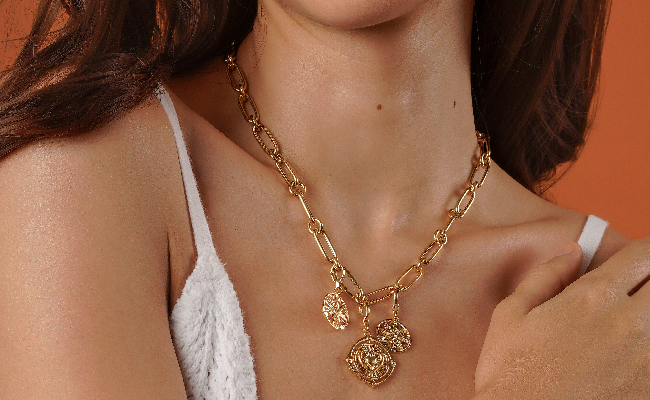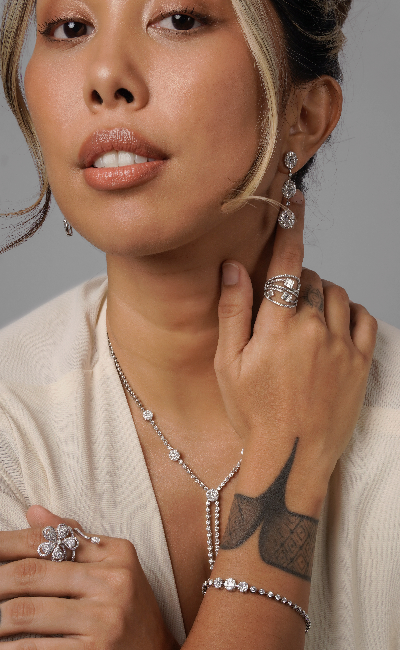
How to Distinguish Between Real and Fake Pearls
However, imitations are becoming more and more common. Pearls are in far greater demand than they naturally occur and are increasing in prices. Due to this, the beauty of real pearls is mimicked by plastic, glass, and skillful craftsmanship, leaving many buyers in a sea of uncertainty.
In order for you to make more informed decisions, here is a quick guide so you know you are buying the real deal.
Genuine Pearls:
- Check for Luster: Real pearls have a rich, glossy sheen that reflects light from the inside out. When you hold them up to the light, you'll see a warm glow that changes slightly with movement.
- Texture Test: Lightly rub the surface with your fingernail. Since genuine pearls are composed of layers of nacre, they have a slight roughness to them, similar to that of fine sandpaper. You can also lightly bite the pearl; be skeptical if it feels unusually smooth on your teeth.
- Shape and Size: Genuine pearls have inherent imperfections and irregularities which can be seen in both their shape and size.
- Temperature Check: Real pearls feel cool against the skin at first, but they gradually warm up due to body heat. If you do not feel their subtle coldness, this could be an artificial copy.
- Weight Comparison: When held, real pearls have a substantial weight. If they are too light or too heavy they could be fake.
Fake Pearls:
- Ceramic Pearls: Made of clay and coated with lacquer, ceramic pearls mimic the luster of real pearls but frequently lack their subtle imperfections. There are obvious differences in their smoother texture and heavier weight.
- Composite Pearls: Composite pearls are made from a mix of organic and inorganic materials and then coated with a shiny material. You can tell they are fake by looking closely at the holes where the pearls are strung. Composite pearls often have flaking or chipping around these holes, unlike real pearls, which have cleaner, smoother drilled holes.
- Glass Pearls: Glass pearls are made with a glass core covered in a shiny material made from fish scales. What sets them apart from the real thing is their unnaturally smooth surface and heavier weight.
- Plastic Pearls: Plastic pearls are made of glossy-finished plastic and are nearly flawless, lacking natural imperfections. Another telltale sign is how light they are compared to genuine pearls.
- Shell Pearls: Made from a powder from the lining of oyster shells, shell pearls frequently have uniform color and texture, signifying that they are too good to be true.
In summary, discerning between real and fake pearls requires attention to detail. Genuine pearls exhibit imperfections, a nuanced texture, and a cool touch. Fake pearls, on the other hand, are more flawlessly created and lack the organic feel of their authentic counterparts. Armed with this knowledge, you can confidently navigate the world of pearls, distinguishing the genuine treasures from their counterfeit copies.
Shop with confidence for authentic, high-quality pearls in our stores or online at Sale (miladayjewels.com) and enjoy up to 20% off until April 30, 2024.













